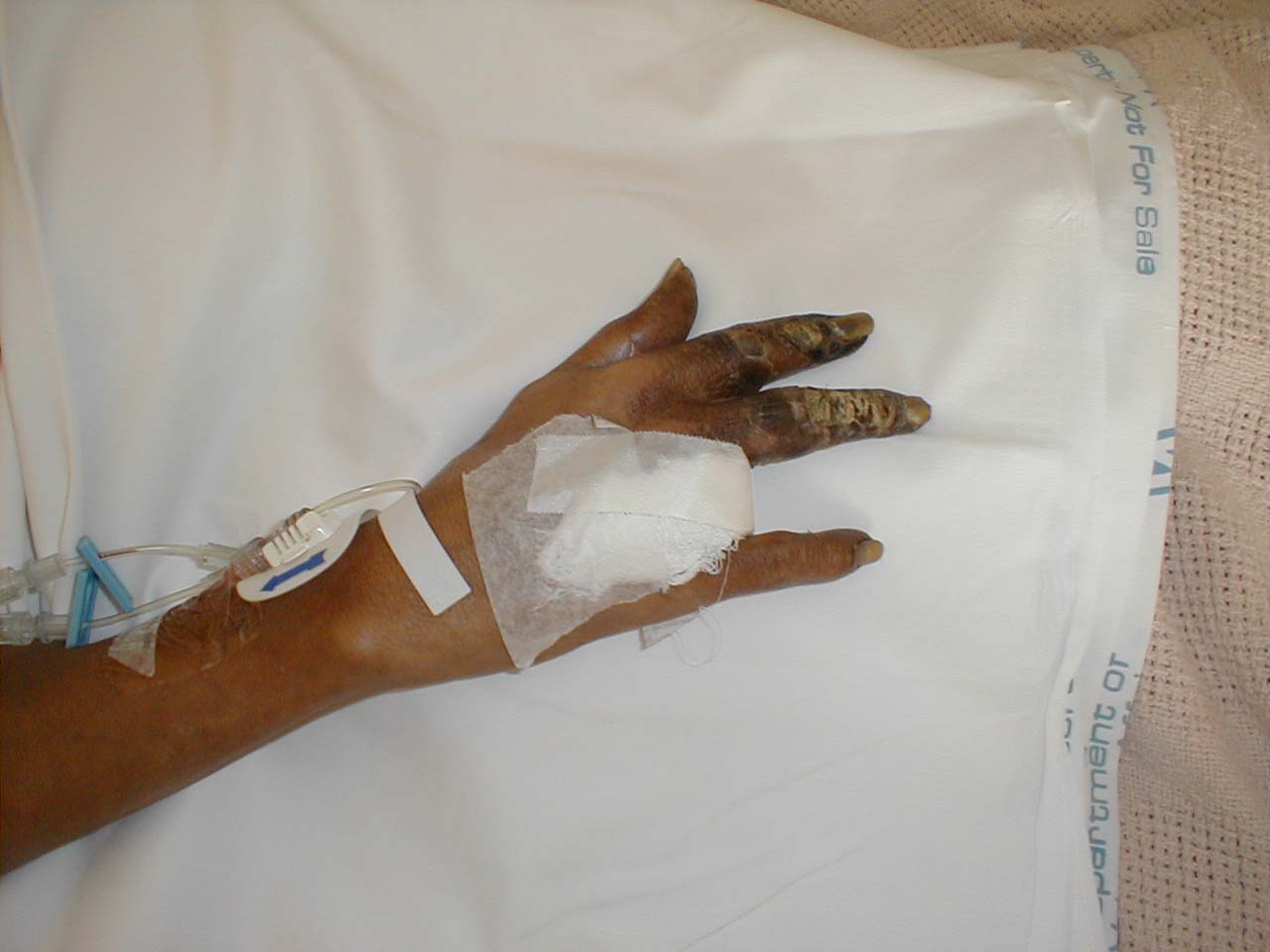Peripheral arterial disease physical examination
|
Peripheral arterial disease Microchapters |
|
Differentiating Peripheral arterial disease from other Diseases |
|---|
|
Diagnosis |
|
Treatment |
|
Case Studies |
|
AHA/ACC Guidelines on Management of Lower Extremity PAD |
|
Guidelines for Structured Exercise Therapy for Lower Extremity PAD |
|
Guidelines for Minimizing Tissue Loss in Lower Extremity PAD |
|
Guidelines for Revascularization of Claudication in Lower Extremity PAD |
|
Guidelines for Management of Acute Limb Ischemial in Lower Extremity PAD |
|
Guidelines for Longitudinal Follow-up for Lower Extremity PAD |
|
Peripheral arterial disease physical examination On the Web |
|
American Roentgen Ray Society Images of Peripheral arterial disease physical examination |
|
Peripheral arterial disease physical examination in the news |
|
Directions to Hospitals Treating Peripheral arterial disease |
|
Risk calculators and risk factors for Peripheral arterial disease physical examination |
Editors-in-Chief: C. Michael Gibson, M.D., Beth Israel Deaconess Medical Center, Boston, MA; Robert G. Schwartz, M.D. [1], Piedmont Physical Medicine and Rehabilitation, P.A.; Associate Editor-In-Chief: Cafer Zorkun, M.D., Ph.D. [2]
Please help WikiDoc by adding more content here. It's easy! Click here to learn about editing.
Overview
Physical Examination
Vitals
- Decreased or absent pulses
- Palpation of the carotid pulses and notation of the carotid upstroke and amplitude and presence of bruits.
- Palpation of the pulses at the brachial, radial ulnar, femoral, popliteal, dorsalis pedis, and posterior tibial sites. Performance of Allen’s test when knowledge of hand perfusion is needed.
- Pulse intensity should be recorded numerically:
- 0, absent
- 1, diminished
- 2, normal
- 3, bounding
- Measurement of blood pressure in both arm and notation of any inter arm asymmetry.
Skin
- Pallor of feet with elevation
- Signs of chronic ischemia:
- Dependent rubor
Auscultation
- Bruits can be heard over the sites of arterial narrowing.
- Auscultation of the abdomen and flank for bruits.
- Auscultation of both femoral arteries for the presence of bruits
Extremities
- Muscle atrophy

(Image courtesy of Charlie Goldberg, M.D.)
ACC/AHA 2005 Practice Guidelines for the Management of Patients With Peripheral Arterial Disease (Lower Extremity, Renal, Mesenteric, and Abdominal Aortic) (DO NOT EDIT)[1]
Recommendations for Clinical Presentation in Asymptomatic PAD Patients
| Class I |
| "1. A history of walking impairment, claudication, ischemic rest pain, and/or nonhealing wounds is recommended as a required component of a standard ROS for adults 50 years and older who have atherosclerosis risk factors and for adults 70 years and older. (Level of Evidence: C) |
| "2. Individuals with asymptomatic lower extremity PAD should be identified by examination and/or measurement of the ABI so that therapeutic interventions known to diminish their increased risk of MI, stroke, and death may be offered. (Level of Evidence: B) |
| "3. Smoking cessation, lipid lowering, and diabetes and hypertension treatment according to current national treatment guidelines are recommended for individuals with asymptomatic lower extremity PAD. (Level of Evidence: B) |
| "4. Antiplatelet therapy is indicated for individuals with asymptomatic lower extremity PAD to reduce the risk of adverse cardiovascular ischemic events. (Level of Evidence: C) |
References
- ↑ Hirsch AT, Haskal ZJ, Hertzer NR, Bakal CW, Creager MA, Halperin JL, Hiratzka LF, Murphy WR, Olin JW, Puschett JB, Rosenfield KA, Sacks D, Stanley JC, Taylor LM, White CJ, White J, White RA, Antman EM, Smith SC, Adams CD, Anderson JL, Faxon DP, Fuster V, Gibbons RJ, Hunt SA, Jacobs AK, Nishimura R, Ornato JP, Page RL, Riegel B (2006). "ACC/AHA 2005 Practice Guidelines for the management of patients with peripheral arterial disease (lower extremity, renal, mesenteric, and abdominal aortic): a collaborative report from the American Association for Vascular Surgery/Society for Vascular Surgery, Society for Cardiovascular Angiography and Interventions, Society for Vascular Medicine and Biology, Society of Interventional Radiology, and the ACC/AHA Task Force on Practice Guidelines (Writing Committee to Develop Guidelines for the Management of Patients With Peripheral Arterial Disease): endorsed by the American Association of Cardiovascular and Pulmonary Rehabilitation; National Heart, Lung, and Blood Institute; Society for Vascular Nursing; TransAtlantic Inter-Society Consensus; and Vascular Disease Foundation". Circulation. 113 (11): e463–654. doi:10.1161/CIRCULATIONAHA.106.174526. PMID 16549646. Retrieved 2012-10-09. Unknown parameter
|month=ignored (help)